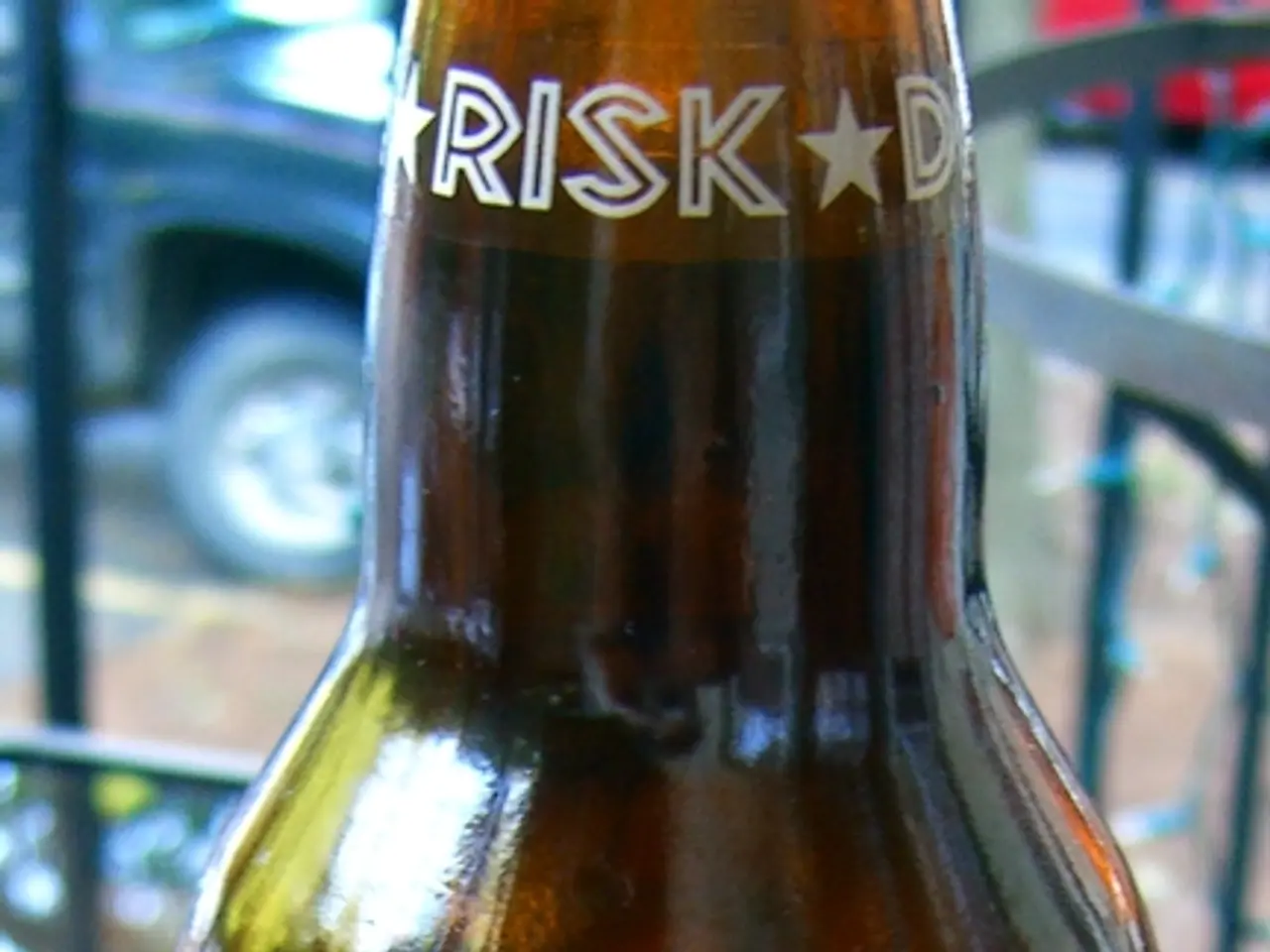BRCA Mutations: The Key to Understanding High-Risk Breast Cancer
A gene mutation linked to an increased risk of breast cancer, known as BRCA, doesn't ensure the disease but raises the likelihood significantly. Women with these mutations face a substantial risk, highlighting the importance of understanding and managing this inherited factor.
BRCA mutations, most notably BRCA1 and BRCA2, increase the chance of developing breast cancer to about 72% by age 80. These mutations also raise the risk of breast cancer at a younger age and can affect both breasts. Other genes associated with hereditary breast cancer include ATM, CHEK2, PALB2, TP53, RAD51C, RAD51D, BARD1, and PTEN, all involved in DNA repair and tumor suppression.
High risk factors for breast cancer include confirmed BRCA mutations, a close relative with a BRCA mutation, inherited genetic syndromes, previous chest radiation, and a high lifetime risk based on family history. The American Cancer Society recommends yearly breast MRI and mammogram for high-risk individuals starting at age 30. Working with a genetic counselor can help understand individual risk levels and preventive steps. Other risk factors include age, race or ethnicity, personal history of breast cancer, dense breast tissue, and certain reproductive factors.
BRCA mutations are the most common cause of hereditary breast cancer, increasing the risk of breast and other cancers like ovarian and pancreatic. Understanding and managing these mutations, along with other risk factors, is crucial for early detection and prevention of breast cancer.
Read also:
- One in Three Kentuckians Living with Prediabetes
- Exploring the Psychological Impacts of Plant Therapy and Enhancing Mental Health through Floral Interactions
- EU Faces Demand from Protesters to Halts Incineration of American-Owned Birth Control Products
- MERS (Middle East Respiratory Syndrome): A Comprehensive Overview and Treatment Guide





